Alaska , the most remote place in the United States, attracts tourists with its unique nature and vestiges of a place that once belonged to Russia.
Nguyen Dang Anh Thi, an energy and environmental expert who lives and works in the Vancouver area, Canada, shares his experience of taking a cruise to visit the remote and cold land of Alaska in the United States.
Covering an area of 1.48 million square kilometers, five times the size of Vietnam, Alaska has a population of just over 730,000 due to geographical and climatic disadvantages. Most of Alaska's cities are only accessible by sea and air. However, in recent decades, cruise lines have helped connect Alaska to the rest of the world.
The nearest sea gateway to Alaska is Vancouver, on Canada's west coast, in the province of British Columbia, which borders Alaska. Canada Place Cruise Terminal in downtown Vancouver is where we departed on the Brilliance of the Seas, bound for Alaska.
During the 7-day itinerary, the ship planned to visit three cities: Sitka, Juneau, and Ketchikan. Our family lives in the Vancouver area, so traveling to Alaska was convenient. Most travelers from other parts of Canada and the United States must travel to Vancouver to depart for Alaska.
Brilliance of the Seas Cruise
Brilliance of the Seas is owned by Royal Caribbean International (RCI), which owns the world's largest cruise ship fleet and is also the world's largest cruise ship operator by revenue. RCI, which currently operates 26 ships, is the owner of the world's largest cruise ship, Icon of the Seas, which will launch next year.
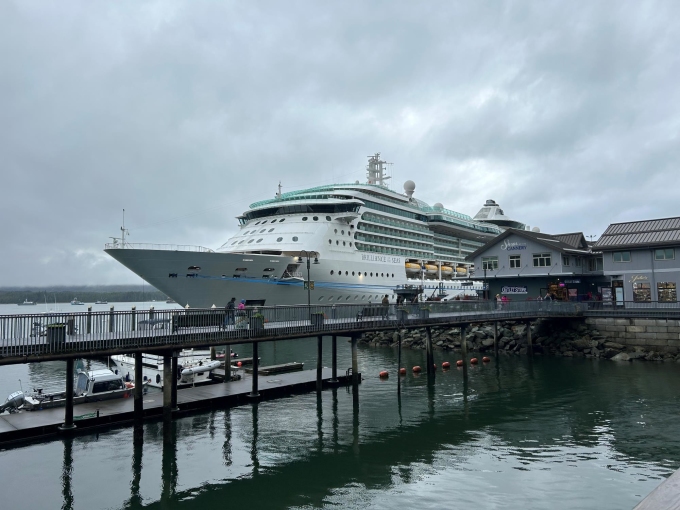
Brilliance of the Seas.
From Canada Place, the ship traveled more than 30 hours to leave Canadian territorial waters. When arriving in Alaska, the time zone moved forward 1 hour.
During the hours at sea, we took the opportunity to explore the ship, experience and enjoy the entertainment programs and services.
The Brilliance of the Seas can accommodate 2,500 guests and 850 crew members. The 12-deck, 940-foot ship has nine elevators and 1,070 staterooms, half of which have balconies overlooking the ocean.
On board there are restaurants, bars, cafes, theaters, casinos, dance floors, gyms, jogging tracks, indoor and outdoor swimming pools, golf courses, game rooms... Dinners are themed and solemnly organized. Various forms of entertainment for visitors to enjoy every moment on board. Most of the dining and entertainment services on board are included in the tour price. Each cruise is a complete mobile entertainment complex.
Cruise prices vary depending on when you book your tour and where you stay. The earlier you book, the better the price, with cruise lines often accepting reservations up to two years in advance. On the Brilliance of the Seas, a four-person room costs an average of $6,000 Canadian (about VND108 million) for a room with a balcony overlooking the ocean. You can also choose an interior room for less than $1,000 Canadian (18 million VND) per person, and for a family of four, less than $4,000 Canadian (about VND72 million).
Old Town Sitka
After nearly 3 days and 2 nights at sea, the ship docked at Sitka. Due to bad weather, the ship had to skip the route to see the glaciers in Tracy Arm, a fjord near the city of Juneau.
Despite its remote location, the Port of Sitka welcomed two cruise ships at once. The other was the Ovation of the Seas, also operated by RCI.
Sitka is located on Baranof Island, a place that evokes Russia. Once the capital of Alaska, Sitka witnessed the transfer of sovereignty from Russia to the United States.
After leaving the ship, we lined up for the free shuttle bus from the pier to downtown Sitka. The most notable site was Castle Hill, where the Russian flag was lowered and the American flag was raised in 1867, after Russia agreed to sell Alaska to the United States.
Castle Hill is a hard rock hill less than 20 meters high, about 1,000 square meters wide. From here, you can look out to sea and observe the whole city. Castle Hill is also the place where the Alaskan flag as the 49th state of the United States was raised in 1959. Before that, Alaska was only an autonomous territory of the United States after being transferred from Russia.
Sitka has a population of only 8,500, the same as a ward in Ho Chi Minh City, but it is always bustling in the summer with cruise ships stopping by. Sitka is a destination on Alaskan cruises.
Old Town Sitka is small, so a two-hour stroll is enough. St. Michael’s Church (1837) with its Russian-inspired architecture is the soul of the street. The shops and restaurants have the appearance of a bygone era.
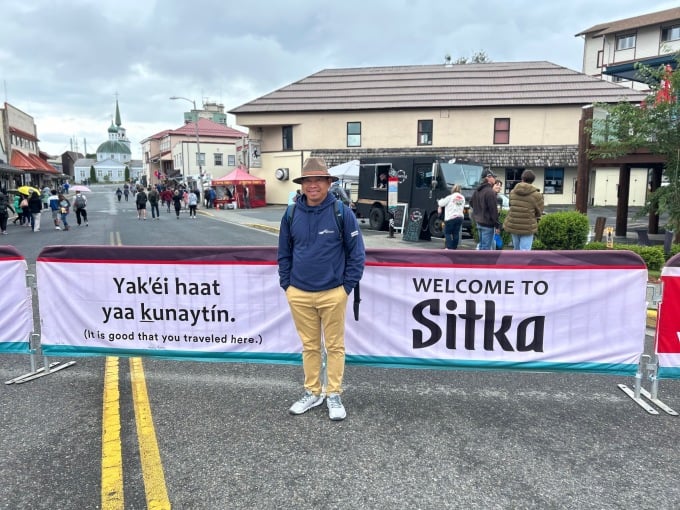
The author in front of the entrance to old town Sitka, in the distance is St. Michael's Church.
Alaskan crab specialties are sold in many places in the old town, but the most interesting thing is probably lining up to choose crab legs, which will be processed for customers to enjoy on the spot. The feeling of enjoying the specialty of boiled crab legs with fresh butter in the middle of an ancient Alaskan city is hard to describe.
Leaving Sitka, the next stop is the city of Juneau.
Capital Juneau
The train arrived in Juneau in cold weather and constant rain, which is not unusual here in the summer.
Juneau replaced Sitka as the capital of Alaska in 1906, 40 years after the United States purchased the territory from Russia.
Juneau's location is unique: it is the only state capital in the United States that borders a foreign country (British Columbia, Canada). There is no road connection from British Columbia to Juneau because of the mountains and permafrost.
In return, Juneau is a major destination for cruise lines to Alaska. Between May and September, about 6,000 cruise ship visitors arrive in Juneau every day.
When our ship docked, three other ships had already anchored there. The streets and shops were packed with tourists.
Downtown Juneau is small and quaint. The streets are 19th century, with only one or two lanes. The smallest and oldest building on the street is the Juneau City Hall.
Hubbard, the longest glacier in North America
Leaving Juneau at dusk, the ship set off to visit the Hubbard Glacier.
Originating at Canada's highest peak, Mount Logan (5,959 m), the Hubbard Ice Shelf extends 122 km across the United States, emptying into the North Pacific Ocean at Yakutat Bay, Alaska. It is the longest glacier in North America and one of the longest in the world.
Arrive at Hubbard Glacier in the early afternoon, the weather is favorable to observe this majestic natural wonder. The ship stops for a few hours for passengers to enjoy the scenery. Those who want to visit at a closer distance can rent a small boat.
It is said that it can take up to 500 years for an ice sheet to move from its source to the sea. That means the Hubbard Ice Sheet from where we are looking formed hundreds of years ago.
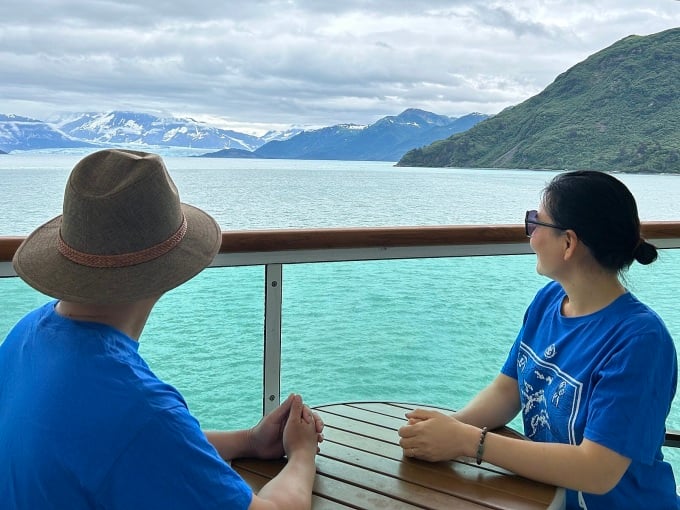
Glacier view from bedroom balcony
The thickness of the ice block in some places is up to 600 m. The width of the glacier mouth when it meets the ocean is 11 km.
Unlike other ice sheets that are melting and shrinking due to climate change, Hubbard Glacier is still growing taller because its melting rate is slower than the rate at which snow accumulates.
Ketchikan, the capital of rain and salmon
Ketchikan was our last stop in Alaska before returning to Vancouver. Of the three cities we visited, Ketchikan seemed the liveliest. The pier was right in the heart of the city, with four cruise ships docked. On the docks, local tourist service booths and cars bustled about, preparing to welcome the influx of visitors.
The ship docked around early afternoon, it was also drizzling.
Ketchikan is known as the rain capital of Alaska. It rains on average 2 out of every 3 days. The longest record for rain is 3 consecutive months.
Ketchikan is also known as the salmon capital of the world. To verify this, we walked to Creek Street. This is a small wooden walkway along the Ketchikan Creek that flows to the pier. On both sides of the stream are precarious wooden houses but bustling with many commercial and entertainment activities.
Standing on the small bridge over the stream, we witnessed a dense crowd of salmon from the estuary trying to swim upstream to begin their spawning season.
Salmon are unique migratory fish, traveling thousands of miles and then returning to the same place where they were born as adults. This process takes several years depending on their life cycle, but the journey back to their birthplace over rapids is a dangerous one, and not all salmon make it. We experienced this firsthand when we watched the seemingly hopeless efforts of salmon in Ketchikan trying to get over the rapids under the bridge.
Leaving Ketchikan, the ship returned to Vancouver.
Inside Passage and Vancouver
Cruises from Vancouver to Alaska travel on a route called the Inside Passage, a network of straits and islands along the coast that stretches from northwestern Washington state, US, through western British Columbia, to southeastern Alaska.
Arriving in the territorial waters of British Columbia, the weather was warm and sunny, we boarded a boat to sightsee and watch whales.
The ship entered the waterway between the Vancouver Islands on one side and the mainland of western British Columbia on the other. The ship drifted slowly through calm, blue waters, winding through primeval forests on misty mountain ranges and islands, one after another.
Occasionally, on the train passing by, we were extremely excited to witness whales with massive but very soft bodies, sometimes spraying water into the sky, sometimes jumping and arching their bodies and falling down, regularly and beautifully.
The ship arrived in Vancouver at dawn. The early morning sunlight and steam from the bow made the cityscape even more magical.
Canada Place is an iconic structure in Vancouver. The building resembles a large ship with five white arches rising to represent sails. Approximately 1 million tourists cruise through Canada Place each year, creating a vibrant cruise industry for Vancouver.
Article and photos: Nguyen Dang Anh Thi
Source link




![[Photo] Closing of the 11th Conference of the 13th Central Committee of the Communist Party of Vietnam](https://vstatic.vietnam.vn/vietnam/resource/IMAGE/2025/4/12/114b57fe6e9b4814a5ddfacf6dfe5b7f)
![[Photo] Overcoming all difficulties, speeding up construction progress of Hoa Binh Hydropower Plant Expansion Project](https://vstatic.vietnam.vn/vietnam/resource/IMAGE/2025/4/12/bff04b551e98484c84d74c8faa3526e0)


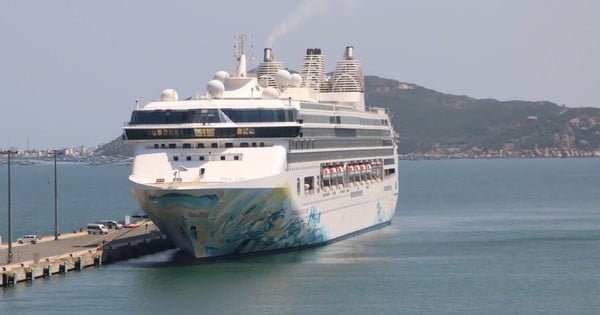



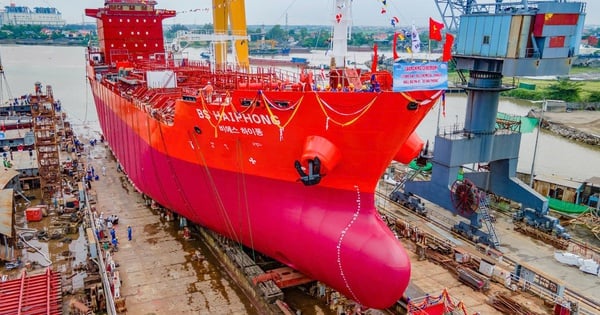
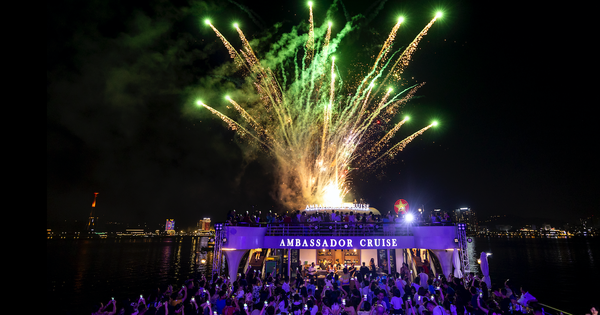

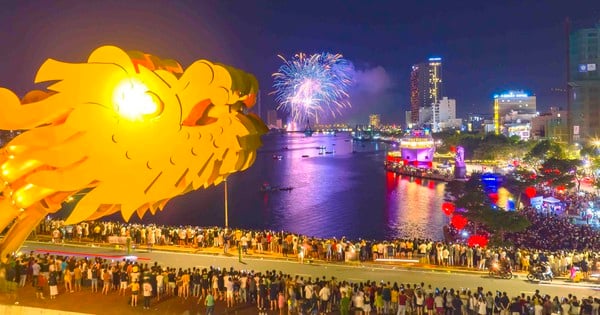

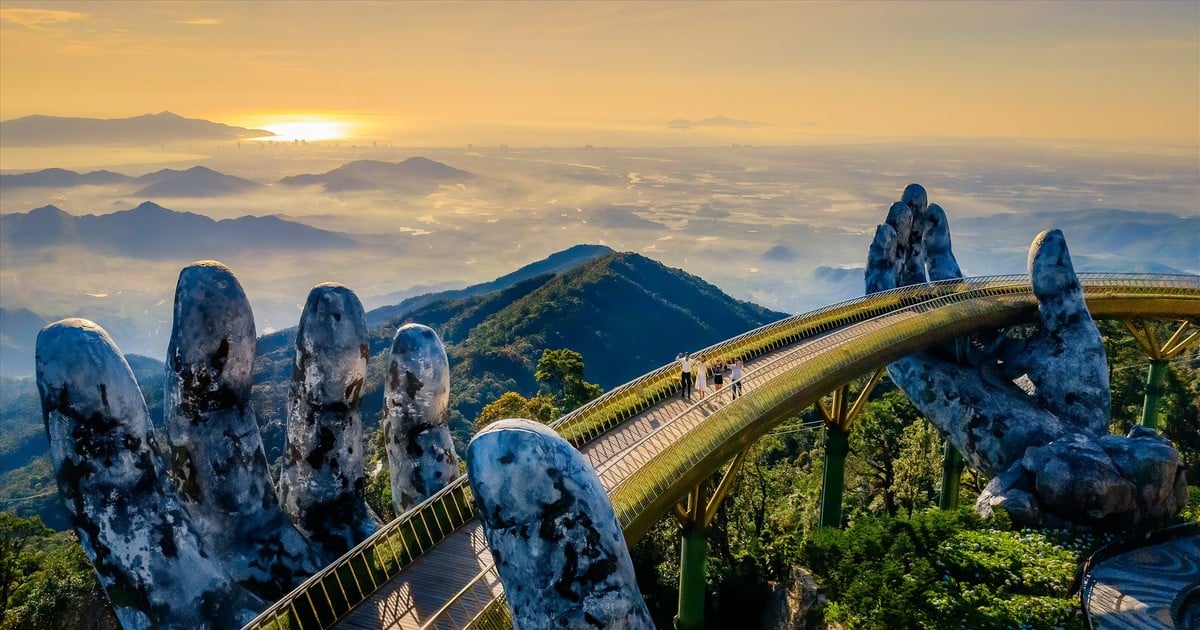
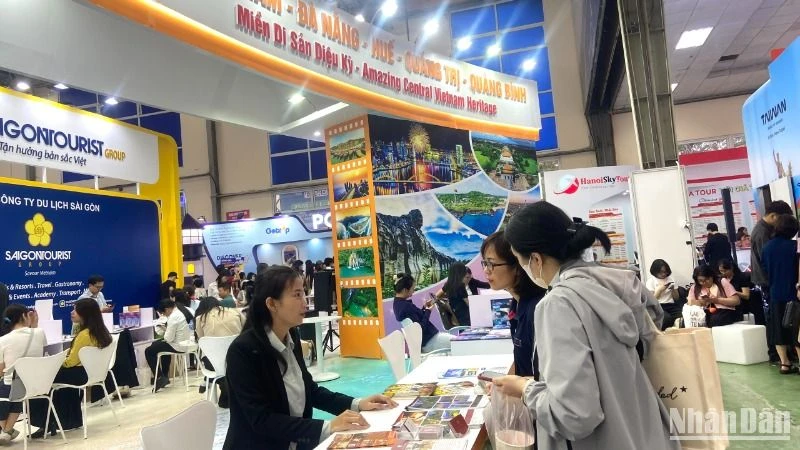
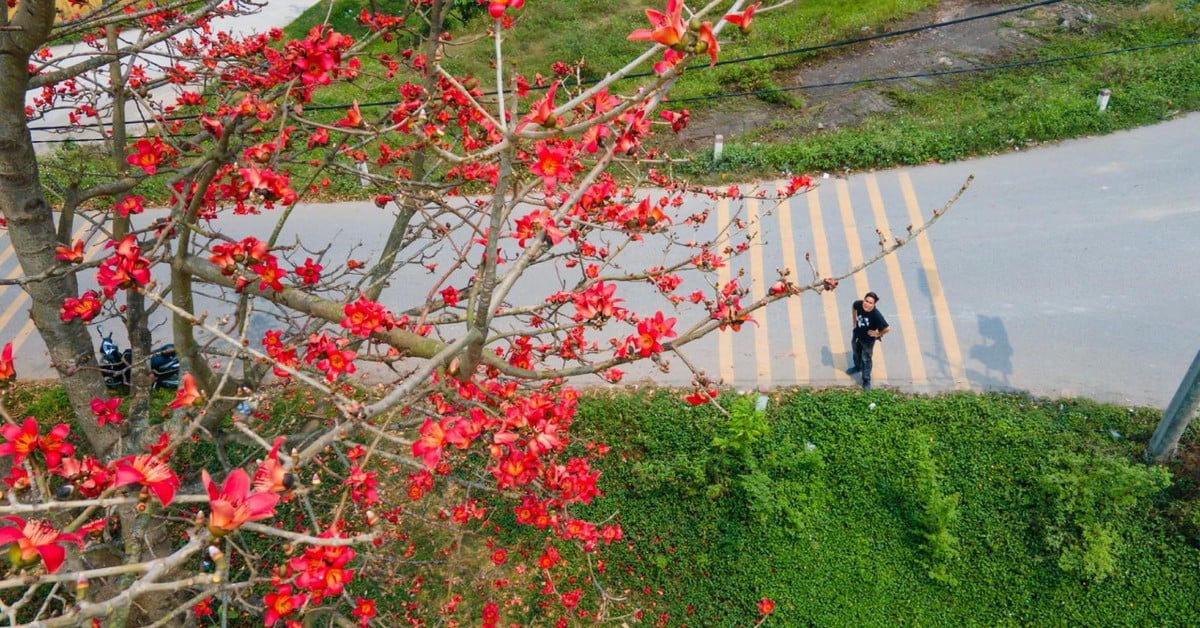

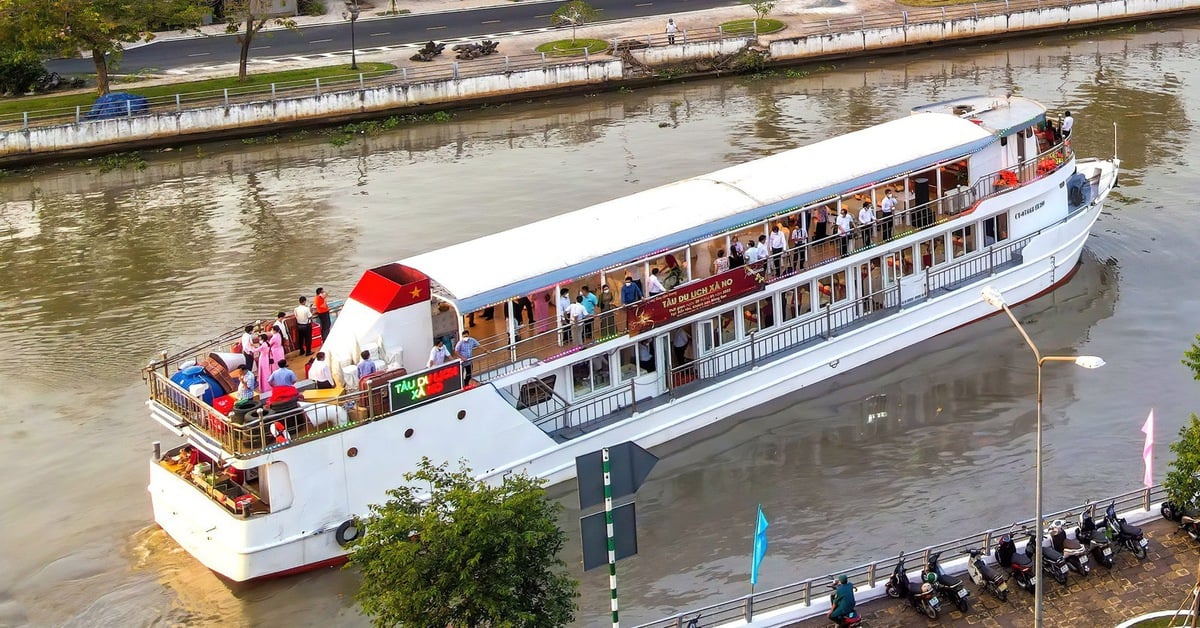

























































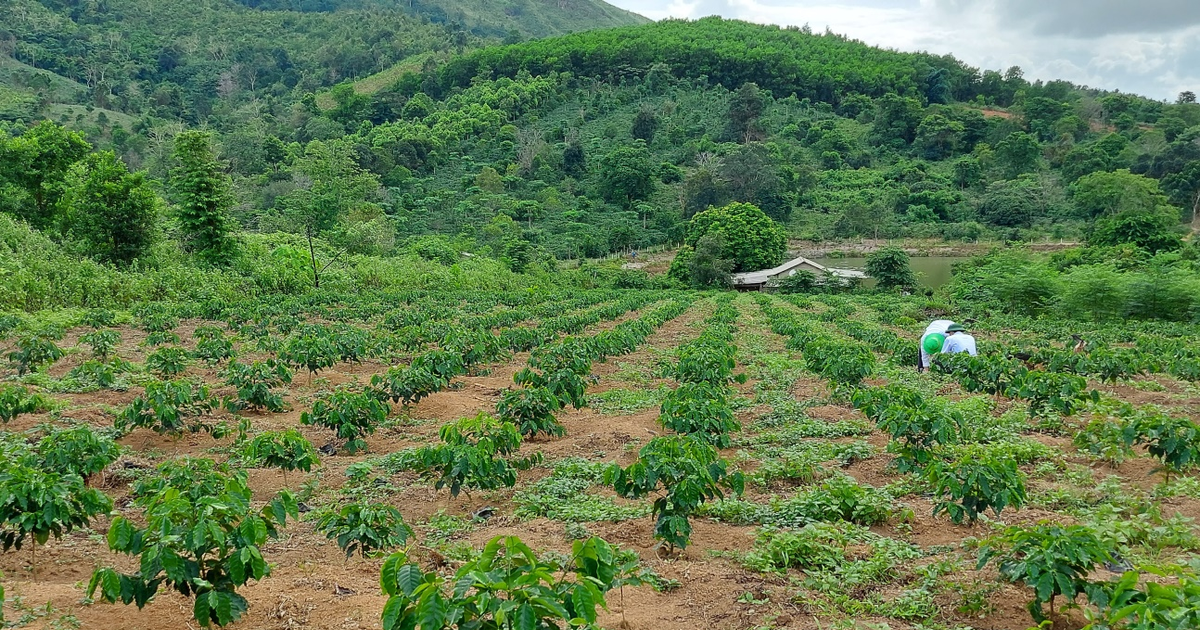

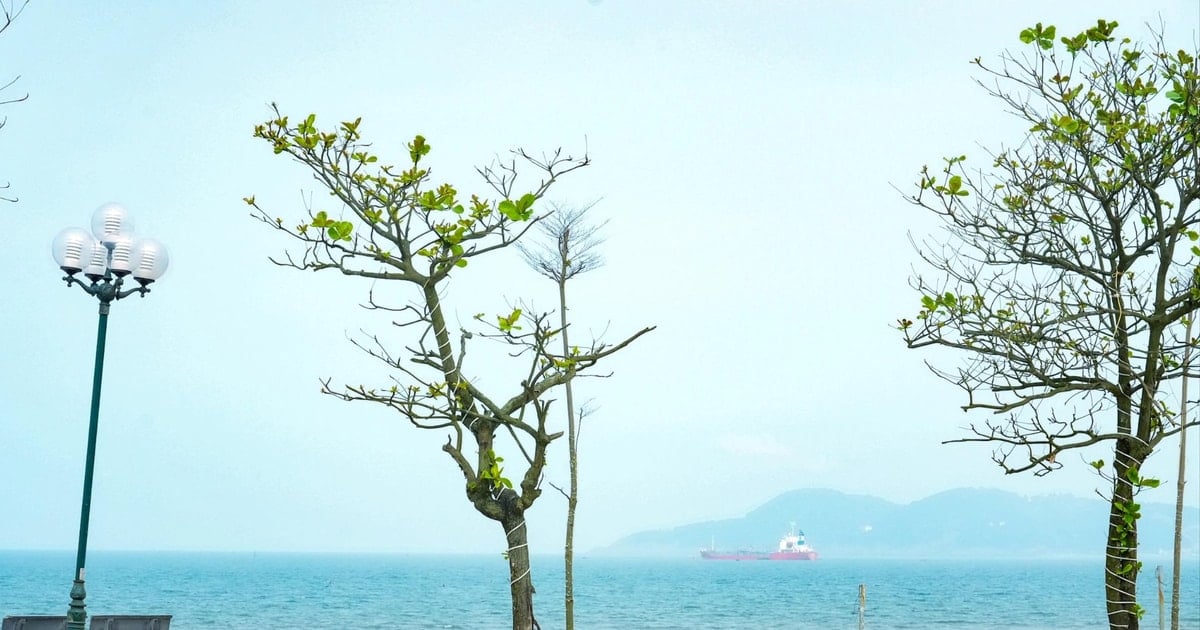














Comment (0)